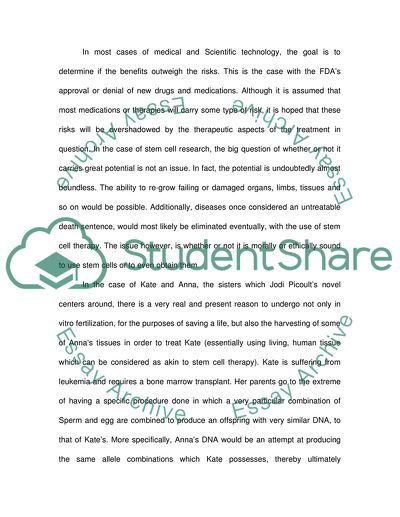Cite this document
(“Ethical Analysis of a novel My Sister's Keeper by Jodi Picoult Essay”, n.d.)
Retrieved de https://studentshare.org/literature/1547132-a-critical-and-ethical-analysis-of-a-novel-my-sisters-keeper-by-jodi-picoult
Retrieved de https://studentshare.org/literature/1547132-a-critical-and-ethical-analysis-of-a-novel-my-sisters-keeper-by-jodi-picoult
(Ethical Analysis of a Novel My Sister'S Keeper by Jodi Picoult Essay)
https://studentshare.org/literature/1547132-a-critical-and-ethical-analysis-of-a-novel-my-sisters-keeper-by-jodi-picoult.
https://studentshare.org/literature/1547132-a-critical-and-ethical-analysis-of-a-novel-my-sisters-keeper-by-jodi-picoult.
“Ethical Analysis of a Novel My Sister'S Keeper by Jodi Picoult Essay”, n.d. https://studentshare.org/literature/1547132-a-critical-and-ethical-analysis-of-a-novel-my-sisters-keeper-by-jodi-picoult.


